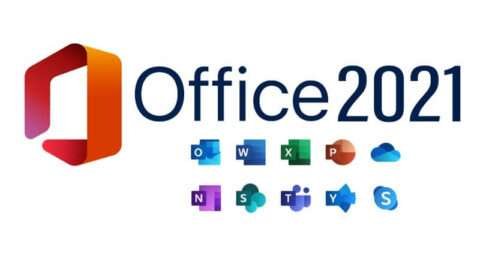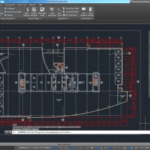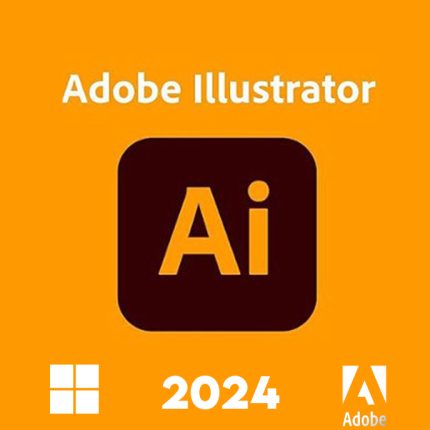Introduction:
Embarking on a journey of civil 3D training opens doors to a world of possibilities in design and engineering. In this article, we’ll explore the nuances of civil 3D training, guiding you through a detailed roadmap that ensures both beginners and seasoned professionals can harness the full power of this indispensable tool. In this comprehensive guide, we explore the significance of Civil 3D training, its benefits, available resources, and the pathway to becoming proficient in this industry-leading software.
The Foundation: Understanding Civil 3D
Civil 3D, a revolutionary design software, serves as the backbone of modern civil engineering projects. From conceptualization to execution, mastering civil 3D is paramount for professionals aiming to stay at the forefront of the industry.
Embracing the Basics
Unravel the fundamentals of civil 3D training, delving into its user interface and key functionalities. Familiarize yourself with the essential tools that lay the groundwork for your design journey.
Explore the dynamic environments within civil 3D, understanding how to seamlessly navigate through different project stages. Learn to adapt to diverse scenarios, ensuring efficiency in every design aspect.
Choosing the Right Civil 3D Training Program:
Consider these factors when selecting a Civil 3D training program:
- Curriculum: Ensure the course covers topics aligned with your learning goals and project requirements.
- Instructor Expertise: Check for instructors with industry experience and certifications.
- Learning Format: Assess whether the course offers self-paced learning, live instruction, or a blend of both.
- Reviews and Testimonials: Look for feedback from past participants to gauge the effectiveness of the training program.
Benefits of Civil 3D Training:
- Enhanced employability and career opportunities in the civil engineering sector
- Improved efficiency in project design, analysis, and documentation
- Ability to handle complex infrastructure projects with confidence and accuracy
- Recognition and credibility in the industry through certification
Advanced Techniques: Pushing Boundaries
Taking your civil 3D skills to the next level involves mastering advanced techniques that set you apart in the competitive landscape of civil engineering.
Dynamic Surface Modeling
Dive into the intricacies of dynamic surface modeling, a pivotal skill for creating lifelike representations of terrains. Elevate your projects by integrating realistic landscapes into your designs.
Corridor Design Mastery
Unlock the secrets of corridor design, a critical component in road and highway projects. Learn how to optimize alignments and profiles, ensuring your designs meet the highest standards of precision and functionality.

Real-world Applications: Bridging Theory and Practice
Civil 3D training isn’t just about theoretical knowledge; it’s about applying that knowledge to real-world scenarios. Let’s explore practical applications that showcase the true impact of your newfound expertise.
Streamlining Survey Data
Efficiently integrate survey data into your designs, minimizing errors and maximizing accuracy. Master the art of data manipulation, turning raw survey information into actionable design elements.
Collaborative Design Workflows
Discover the collaborative power of civil 3D, enabling seamless communication and coordination among design teams. Learn how to enhance productivity through effective collaboration.
OBHSOFTWARES offers all autodesk products :
AutoCAD 2024 – 3DS Max 2024 – AutoCAD 2024 MACOS
Autodesk Revit 2024 – Autodesk Civil 3d 2024
MAYA 2023 – Inventor 2023 – AutoCAD 2023…..
Overcoming Challenges: Troubleshooting in Civil 3D
Even seasoned professionals encounter challenges. Here, we address common roadblocks and provide insights on overcoming them.
Managing Large Datasets
Effectively handle large datasets within civil 3D, optimizing performance and maintaining a smooth workflow. Explore strategies to streamline your work when dealing with extensive project information.
Addressing Compatibility Issues
Navigate through compatibility challenges seamlessly. Learn how to ensure interoperability between different software versions and address common compatibility issues.


Civil 3D Training in Action
Let’s delve into a detailed exploration of civil 3D training, shedding light on its transformative impact through real-world examples.
Case Study: Revitalizing Urban Planning
Explore a case study where civil 3D training played a pivotal role in revitalizing urban planning. Witness firsthand the positive outcomes and the efficiency gained through skillful application.
Frequently Asked Questions (FAQs)
How long does it take to master civil 3D training?
Embarking on the journey of civil 3D training is a personalized experience. The duration depends on individual commitment, prior knowledge, and the complexity of projects undertaken. On average, dedicated learners may achieve proficiency within a few months.
Is civil 3D training suitable for beginners?
Absolutely! Civil 3D training caters to a wide audience, including beginners. The software’s intuitive interface and step-by-step tutorials make it accessible for those new to civil engineering design.
Are there certification programs for civil 3D training?
Yes, various certification programs offer validation of your civil 3D skills. Autodesk, the software’s developer, provides certification exams, allowing you to showcase your expertise to potential employers.
Can civil 3D be used for environmental projects?
Certainly! Civil 3D’s versatile tools extend to environmental projects. From terrain modeling to stormwater management, the software proves invaluable in executing diverse environmental design tasks.
How frequently should one update their civil 3D skills?
Given the evolving nature of technology, regular updates are advisable. Stay abreast of software enhancements and industry trends by participating in continuous learning programs and workshops.
Are there online resources for civil 3D training?
Numerous online platforms offer comprehensive civil 3D training resources. Autodesk’s official website, online courses on platforms like Coursera, and community forums provide a wealth of information to enhance your skills.
Conclusion
In conclusion, embarking on civil 3D training is a transformative step towards mastering the art of design in civil engineering. From the basics to advanced techniques, real-world applications, and troubleshooting tips, this article serves as your comprehensive guide. Civil 3D training is a gateway to unlocking the full potential of this sophisticated software, empowering civil engineers and design professionals to excel in their careers. By investing in quality training programs, individuals can harness the power of Civil 3D, revolutionize infrastructure design, and contribute to the development of smarter, more efficient cities and communities.
Stay committed, embrace continuous learning, and witness the positive impact of civil 3D training on your professional journey.
Embrace Civil 3D training as a pivotal step towards mastering this essential tool in the field of civil engineering.













